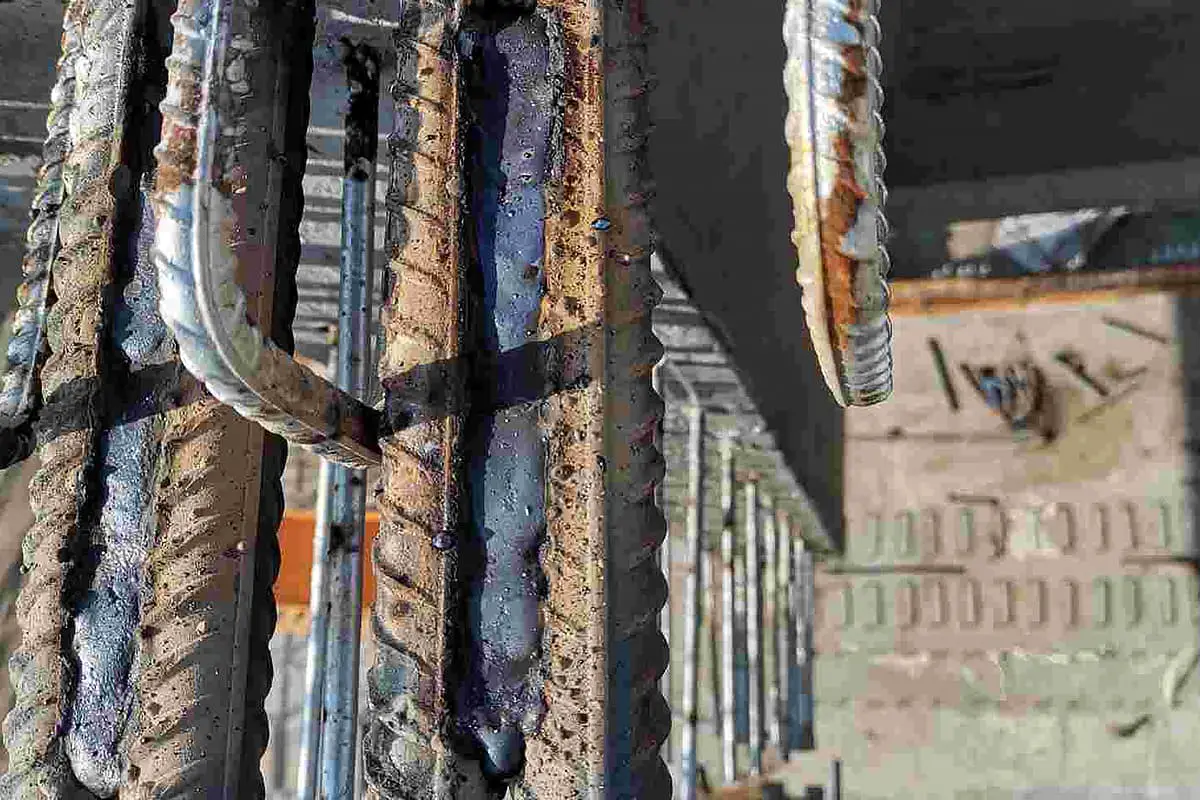Professional Approaches for Preventing Weld Undercut Properly
Professional Approaches for Preventing Weld Undercut Properly
Blog Article
Mastering the Art of Welding: Exactly How to Avoid Undercut Welding Issues for Flawless Manufacture Outcomes
Effectiveness and precision are vital on the planet of welding, where even the least blemish can endanger the structural integrity of a fabricated piece. One usual difficulty that welders face is undercutting, a problem that can lead and compromise a weld joint to pricey rework. By comprehending the source of undercut welding and carrying out efficient methods to avoid it, welders can raise their craft to brand-new levels of excellence (Preventing weld undercut). In the quest of perfect construction outcomes, grasping the art of welding to prevent undercut problems is not simply an ability but a requirement for those pursuing perfection in their work.
Comprehending Undercut Welding

To stop undercut welding, welders must guarantee appropriate welding specifications, such as adjusting the present, voltage, travel rate, and keeping the right electrode angle. By recognizing the reasons of undercut welding and applying preventive procedures, welders can attain top quality, structurally sound welds.
Reasons For Undercut in Welding
Understanding the factors that add to undercut in welding is vital for welders to create premium, structurally sound welds. Damaging happens when the weld metal does not properly fill up the groove created in between the base metal and the previously transferred weld steel. A number of variables can lead to undercut in welding. One usual reason is too much heat input. Welding at heats for extended periods can lead to the base metal melting more than desired, bring about damage. Insufficient welding current or incorrect welding speed can also add to damage. Inadequate current may not supply sufficient warm to melt the base and filler metals effectively, while extreme rate can avoid appropriate combination, creating undercut. In addition, incorrect electrode angles or incorrect lantern manipulation techniques can create locations of reduced weld metal deposition, promoting undercut. Recognizing these reasons and carrying out proper welding techniques can help protect against undercutting concerns, ensuring strong and durable welds.
Techniques to stop Undercutting

To minimize the risk of damaging in welding, welders can use tactical welding techniques focused on boosting the quality and integrity of the weld joints. One reliable technique is to readjust the welding criteria, such as voltage, current, and take a trip rate, to make sure appropriate warmth input and deposition. Maintaining an appropriate electrode angle and making certain consistent traveling speed can also aid protect against undercut. Furthermore, making use of the right welding technique for the particular joint setup, such as weave or stringer beads, can contribute to lowering damaging. Preventing weld undercut.
Utilizing back-step welding methods and regulating the weld bead profile can also assist disperse warmth uniformly and minimize the threat of undercut. Regular inspection of the weld joint throughout and after welding, as well as implementing top Source quality guarantee measures, can aid in finding and dealing with undercutting concerns quickly.
Importance of Appropriate Welding Parameters
Choosing and keeping proper welding specifications is essential for achieving effective welds with very little defects. Welding specifications describe variables such as voltage, current, take a trip speed, electrode angle, and securing gas flow price that straight impact the welding procedure. These parameters need to be thoroughly changed based on the sort of product being welded, its density, and the welding strategy utilized.
Proper welding criteria guarantee the best quantity of warm is related to thaw the base metals and filler product evenly. If the parameters are established also high, it can result in extreme warm input, creating burn-through, spatter, or distortion. On the other hand, if the specifications are also reduced, insufficient blend, lack of infiltration, or undercutting might occur.
Quality Guarantee in Welding Operations

Verdict
In verdict, grasping the art of welding needs an extensive understanding of undercut welding, its causes, and strategies to stop it. By guaranteeing proper welding criteria and carrying out high quality guarantee methods, flawless manufacture results can be accomplished. It is vital for welders to constantly pursue quality in their welding operations to avoid undercut issues and create top quality welds.
Undercut welding, an usual problem in welding procedures, happens when the weld steel doesn't effectively fill up the groove and leaves a groove or depression along the welded joint.To protect against undercut welding, welders must ensure appropriate welding parameters, such as changing the current, voltage, travel rate, and maintaining the right electrode angle. Poor welding incorrect or present welding rate can also add to damage.To reduce the threat of damaging in welding, welders can employ calculated welding strategies aimed at enhancing the top quality and integrity of see here the weld joints.In final thought, understanding the art of welding calls for an extensive understanding of undercut welding, its reasons, and methods to stop it.
Report this page